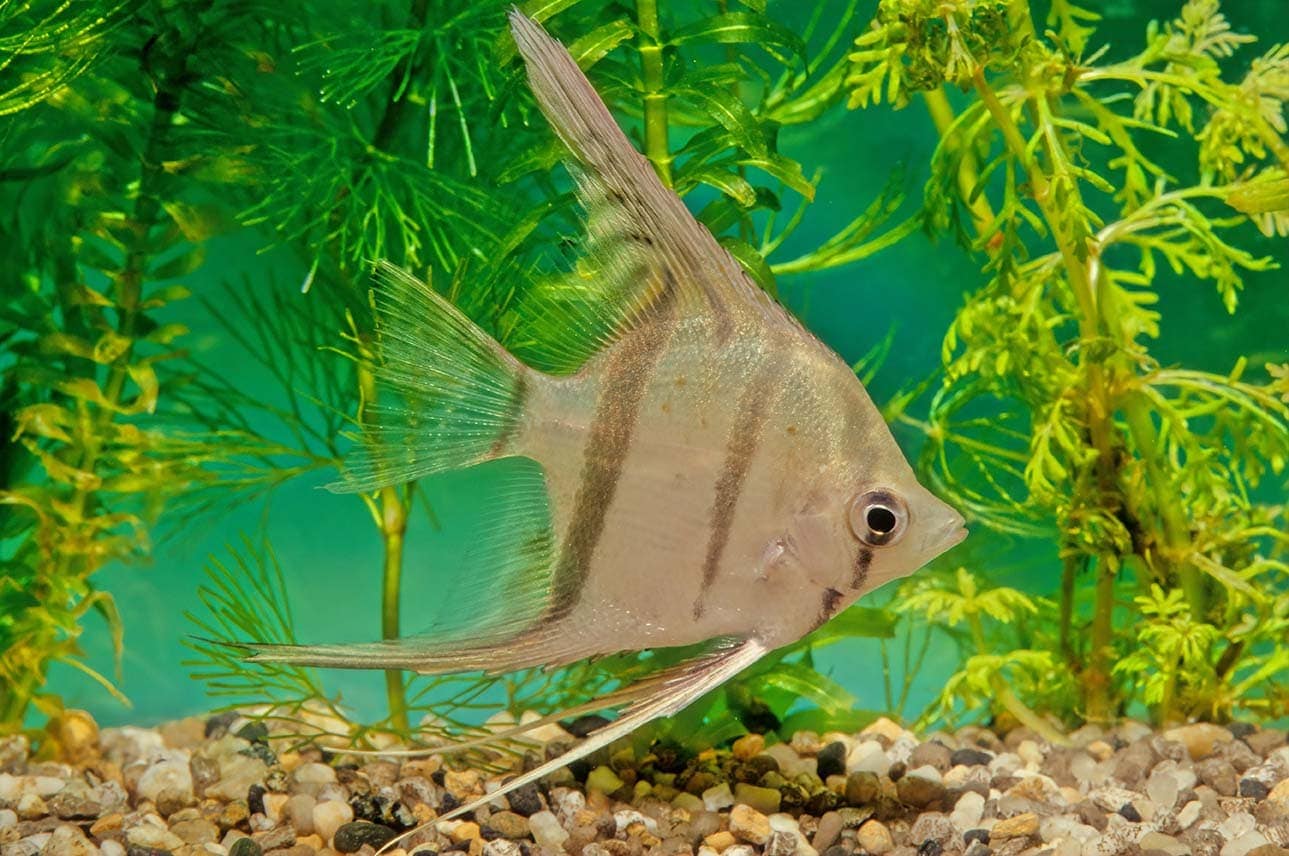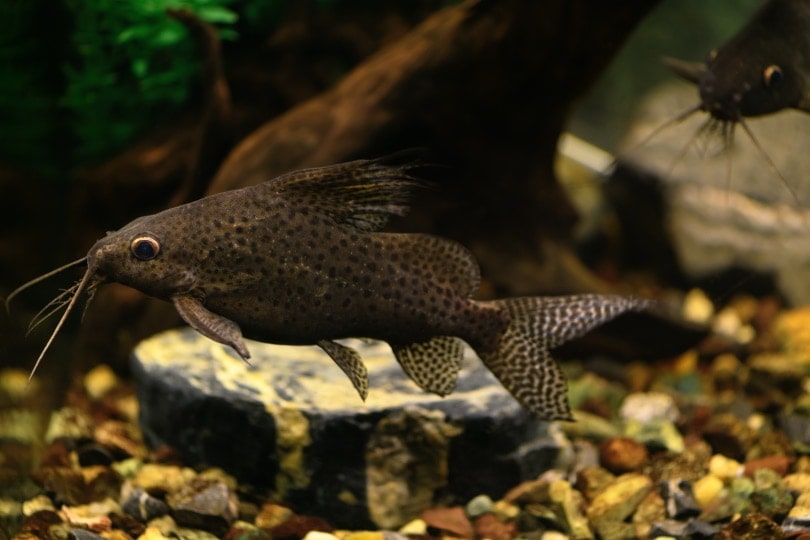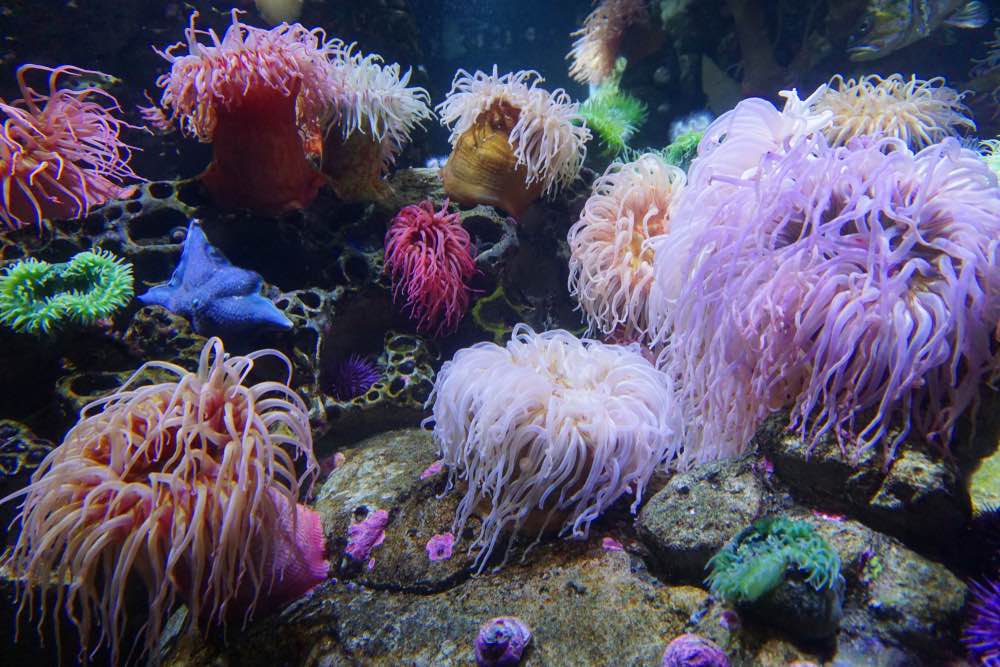How to Get Rid of Bristle Worms: 5 Expert Tips
Updated on
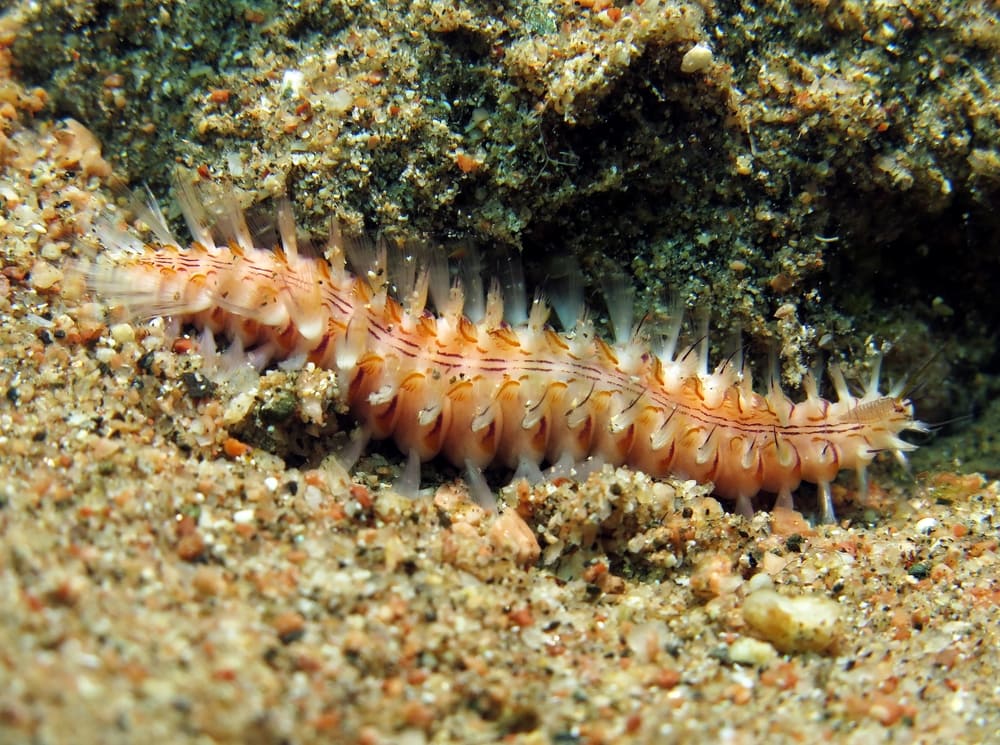
Click to Skip Ahead

What Are Bristle Worms?
There are actually multiple species of bristle worms that can get into saltwater aquariums, often sneaking in on plants, rocks, and corals. Some bristle worms are considered tolerable, while others are extremely undesirable.
These creatures are segmented worms that are covered in hairy bristles. They are primarily nocturnal, so it’s possible to miss them, especially if you don’t have a full-blown infestation. They are usually red, pink, or gray in color, and they love to hide in crevices.
Like many terrestrial worms, bristle worms can expand and contract their bodies to allow them to fit into a variety of spaces. They can measure anywhere between 1 and 6 inches, but in ideal conditions, some bristle worms can reach up to 2 feet in length.

Are Bristle Worms Bad?
This is where things can get tricky. Some aquarists will tolerate certain types of bristle worms because they function as a cleanup crew in the tank, eating detritus and dead fish and invertebrates. If your tank contains a large amount of detritus, which happens when you are overfeeding or have a tank that is overstocked, then the worm population may explode. This can make bristle worms a decent gauge of whether you’re overfeeding your tank or not.
However, if you already have a cleanup crew in your tank, then you probably don’t want a pest taking away the detritus that your cleanup crew would otherwise rely on for some of their food. Also, the bristles that cover bristle worms are used for protection, and they are able to sting anything that comes in contact with them, including you. It’s recommended to wear gloves anytime you are dealing with a bristle worm issue.
Some bristle worms, like the Fireworm, are predatory pests. Not only can they sting and do damage to tank inhabitants, but they can also kill or damage invertebrates and tankmates. Fireworms are red in color and covered with bristles that have a red base and white tips.
If for no other reason, you may not want bristle worms simply because the sight of these critters creeps you out.
How Do You Know if You Have Bristle Worms?
Although they are nocturnal, it’s not uncommon for bristle worms to come out during mealtimes, especially if you have an infestation. You may spot them hiding in places in the tank throughout the day, especially when doing tank maintenance, like between rocks or in filter media. They will also make an appearance if there is a death in your tank. If you have an infestation of “bad” bristle worms, like Fireworms, then you will likely notice holes or other damage to your corals and invertebrates.
If you suspect you might have bristle worms but you aren’t sure, try shining a flashlight into your tank after dark. After the lights have been off for a little while, they should start coming out to start their night.
The 5 Tips to Get Rid of Bristle Worms
1. Take Them Out
Physical removal is a tedious but effective way to eliminate bristle worms in your tank. You should wear gloves while doing this, as well as enlist the assistance of some sort of device for scooping or grabbing the worms, like tongs, tweezers, or a turkey baster. Simply remove them as you see them. You may have to move things around in your tank to stir them up and find them, and you also may need to enlist the help of some form of tasty bait that will draw them out.

2. Trap Them
The far less tedious option for getting rid of bristle worms is to trap them. There are commercially made traps that can be used, or you can try a DIY option. One such trap is simply cutting the top portion off of a soda bottle, inverting it, and then gluing it in place. Drop some bait on the inside and wait. The worms will be able to get in, but they can’t get back out. You can make a similar DIY trap with a small plastic storage container by cutting an X shape in the lid and pressing the folds downward, then baiting the inside of the container.
3. Try Predatory Removal
There are quite a few aquarium inhabitants that think that bristle worms make a tasty meal, so you may be able to use a predator to get the worm population under control. Just remember that once the worms are gone, you’ll still have the predator you chose, so make sure to choose something that is an appropriate addition to your tank. Arrow crabs, wrasses, hawkfishes, Boxer shrimps, and dottybacks are all good options for predatory removal of bristle worms.
4. Soak Your Décor
Although it’s not ideal, you can remove décor from your tank and soak it in dechlorinated freshwater. It’s best to soak décor, especially live rock, before adding it to your tank, but this may also remove some of the benefits of the live rock. Soaking in freshwater will cause the bristle worms to leave their hiding spots and release from the décor, dropping to the bottom of the container.
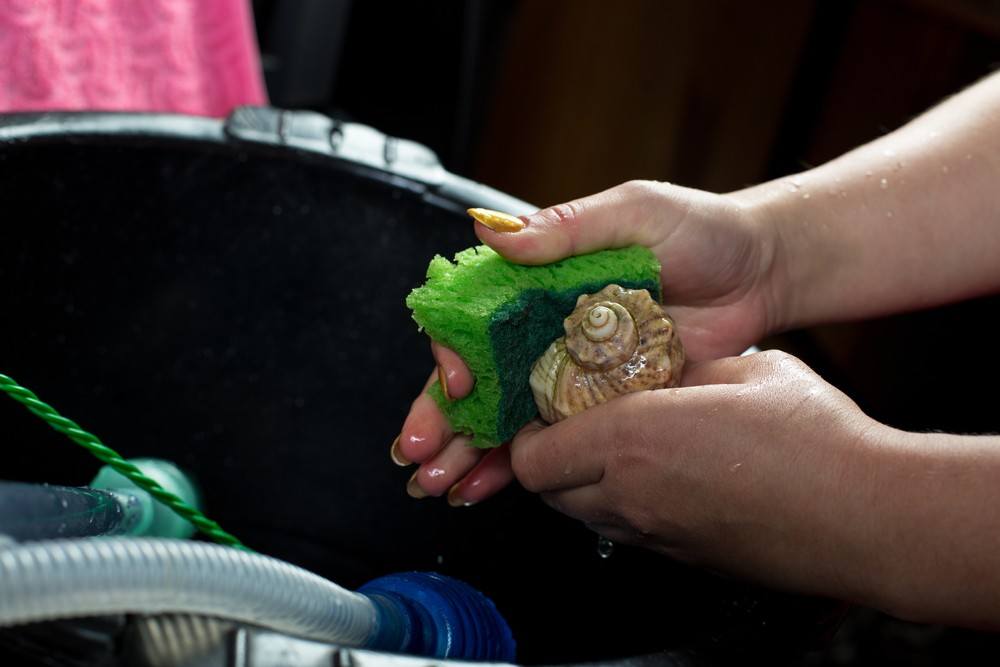
5. Reduce the Detritus in Your Tank
If you’re overfeeding or allowing detritus to build up in your tank, then you’re likely to end up with a booming population of something undesirable, whether it’s bristle worms or something else. Find a feeding regimen that works for your tank, ensuring that all of your tank’s inhabitants get plenty to eat without food rotting on the bottom of the tank.
Final Thoughts
If you only have a few bristle worms that don’t seem to be doing any harm, it’s usually fine to leave them. It is important, though, for you to ensure their population stays under control and you take action if you feel like the population is starting to get too large. If you have an infestation of Fireworms, then you should take action to get rid of them quickly since they can injure you and damage your tank.
Featured Image Credit: Laura Dts, Shutterstock
